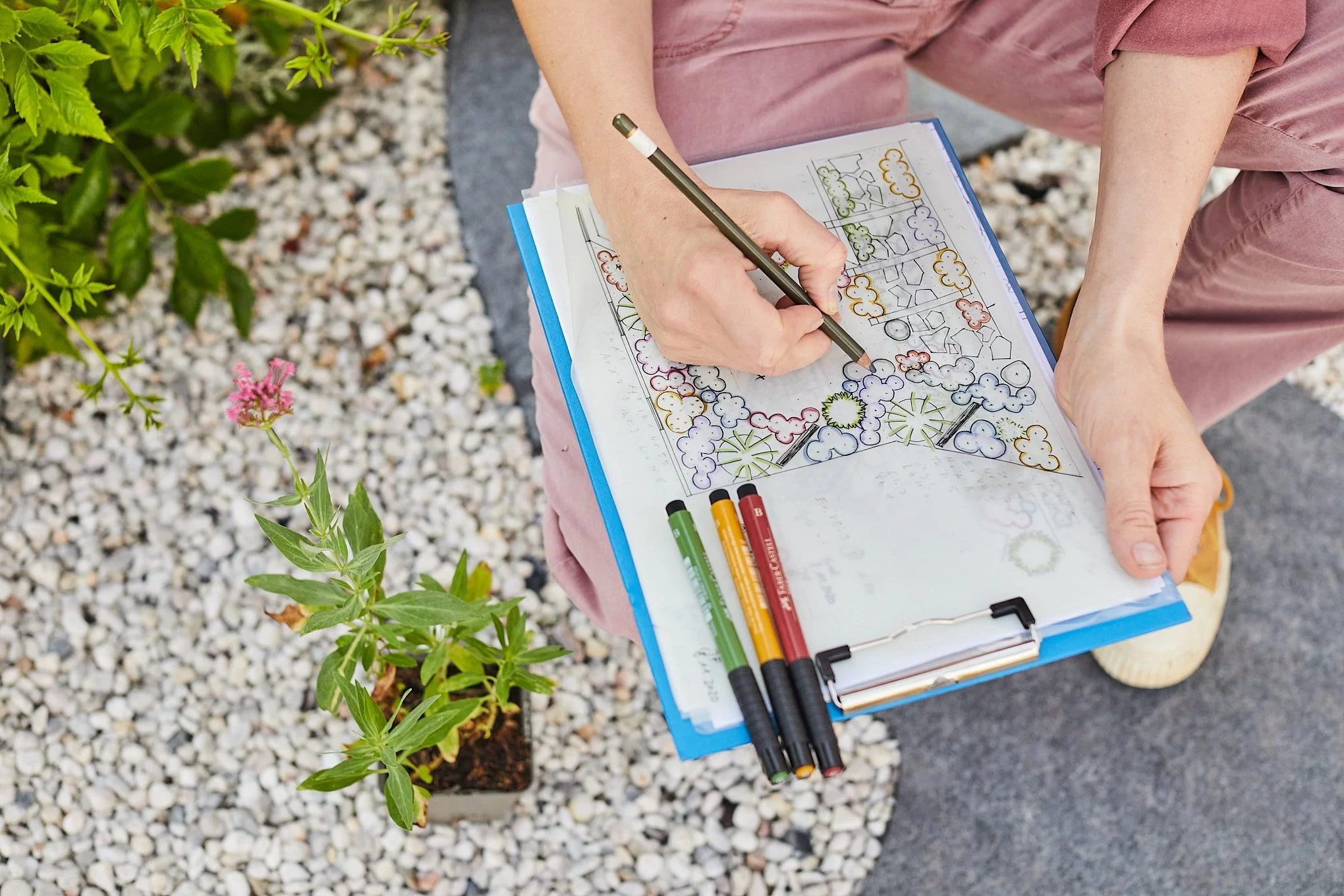A Guide to Finding Native Plants in Your Region
One of the best ways to create a sustainable terrace or garden is by filling it with native plants.
But if you're new to gardening, figuring out which plants are native to your area can feel a bit overwhelming. Luckily, there are plenty of online tools and resources to make this easier.
Here’s a simple guide to help you discover the perfect native plants for your region:
-
To find native plants in the U.S., start by researching your eco-region. Instead of focusing solely on North American natives, narrow your search to plants specific to your state and maybe even further to your eco-region within that state.
1) If you’re not sure which eco-region you’re in, check out this map from the National Wildlife Federation
2) Next, get your list of plants that support pollinators and beneficial insects from the Xerces Society
It's that simple!
For the birds:
If you're interested in attracting birds, enter your email and postcode here: Native Plants | Audubon
Bonus Tip:
Another excellent resource is the Lady Bird Johnson Wildflower Center, which offers lists of garden-worthy native plants for each U.S. state and Canadian province: Native Plants of North America - Lady Bird Johnson Wildflower Center.With your native plant list in hand, it's time to begin planting.
-
To find native plants in Canada, start by identifying your eco-region.
1) Begin by locating your eco-region on this beautiful map: Network of Nature | My Eco-Zone
2) Alternatively, you can enter the first three digits of your Canadian postal code to receive a guidebook tailored to native plants in your area: Pollinator.org | ZIP
3) If you prefer a visual approach, try this interactive guide: Natural Edge | Plant Database
Start by selecting your hardiness zone on the map, then choose your province. You can also specify your garden’s light and soil conditions. The guide will automatically generate a list of suitable native plants.
4) Once you’ve chosen your plants, use this map to find native plant nurseries across Canada: Network of Nature | Map Nurseries.
Now that you've identified your native plants, you can start planning your garden! -
For native plants in the UK, the Royal Horticultural Society (RHS) is a valuable resource. You can search their plant database here:
Scroll down to the bottom of the screen, where you'll find options like:
[ ] Native to the United Kingdom and
[ ] Plants for Pollinators.
Select one or both, then click 'Find a plant' to view your results.If the form doesn’t load, start a new search by selecting any light condition (Sun, Half-Shade, Shade) and generating results. Then, use the left-side menu, scroll to the bottom, and select:
[ ] Native to the United Kingdom or
[ ] Plants for Pollinators.
This narrows down the choices sufficiently to allow results to be displayed.This will refine your search to display the relevant plants.
The RHS also offers additional resources, including the PDF guide RHS Plants for Pollinators - British wildflowers.
For more visual inspiration, explore this beautiful wildflower gallery:
Wildflower gallery | Grow Wild | Kew
Armed with your native plant selections, you're ready to set up your garden. -
In Germany, Natura DB is an excellent resource for gardeners looking to select the right plants.
1) To find native plants, start by selecting the option:
[ ] Heimisch (Native)This will filter the list to show only plants native to Germany and Middle Europe.
2) You can refine your search further by choosing additional options, such as:
[ ] Insektenfreundlich (Insect-friendly)
These pollinator-friendly plants are particularly beneficial for urban gardens.3) If you’re an urban gardener, be sure to select:
[ ] Kübelgeeignet (Suitable for containers)
This will help you find plants that thrive in containers, perfect for balconies and small spaces.
Having selected your native plants, you're ready to start planting in your garden.
Ready to Go Native?
So, did you find the native plants for your region? I hope this guide made it a little easier to bring some local green into your space! If you didn’t see your area listed or have any questions, don’t hesitate to reach out—I’d love to help you find the perfect plants for your terrace.
And if you’re curious about why native plants are such a big deal, be sure to check out my post on Why Native Plants Matter. It’s packed with tips and insights on how these plants can make your terrace more sustainable and eco-friendly 🌱.


